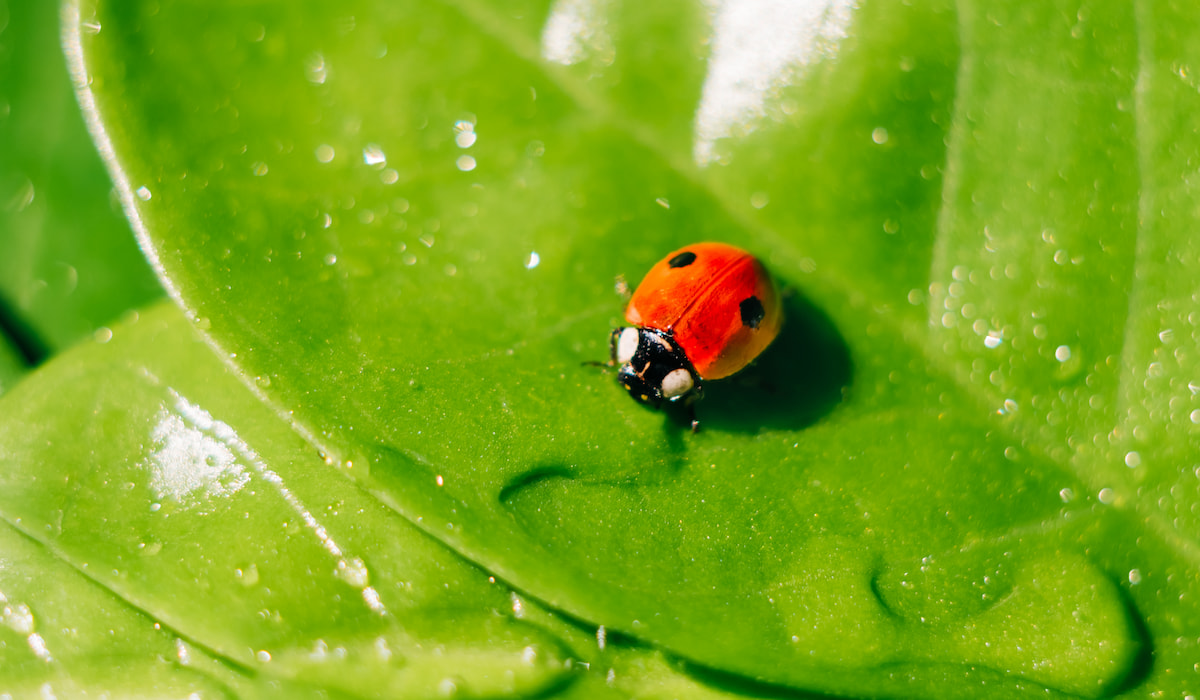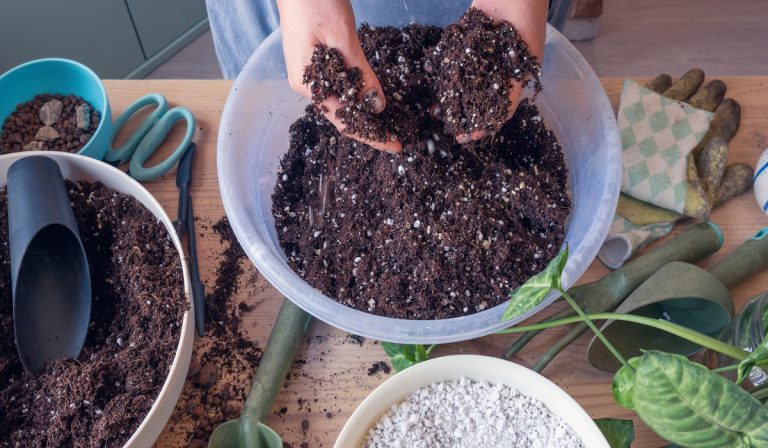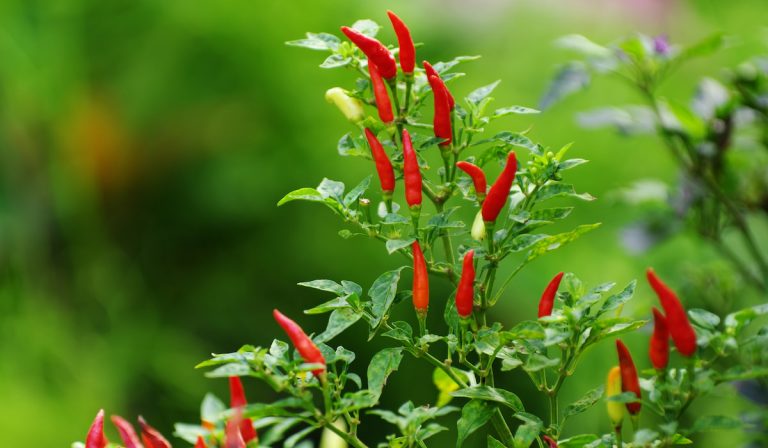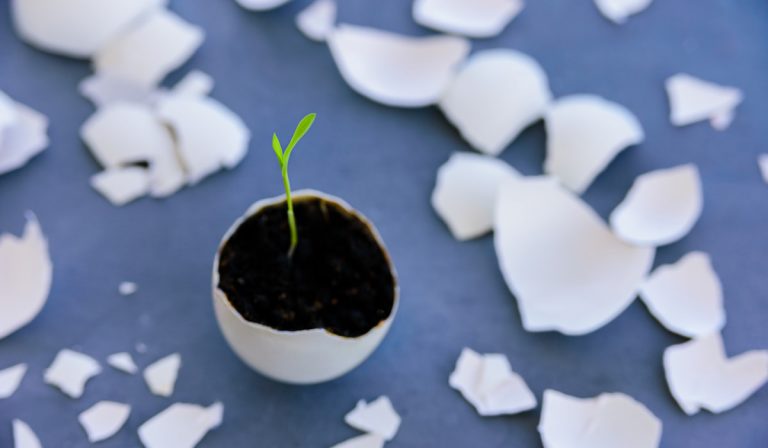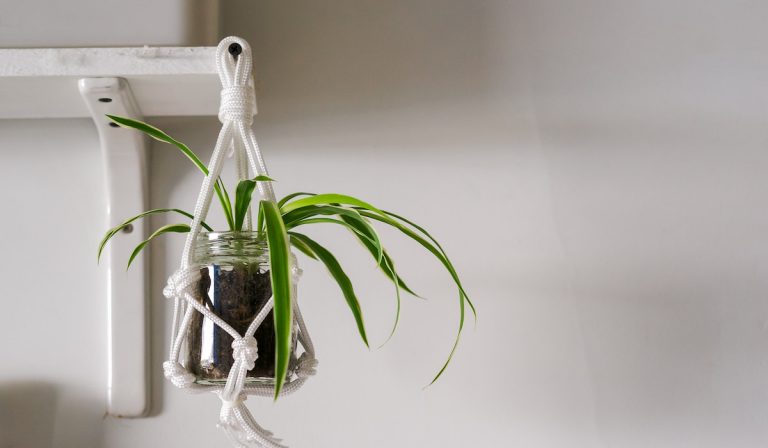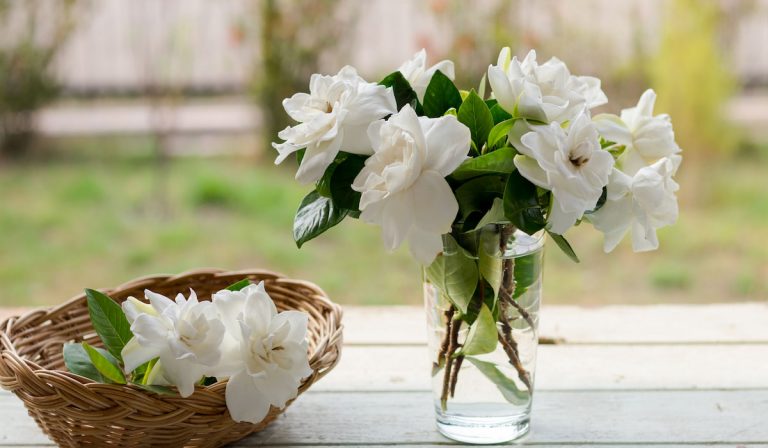Do Indoor Plants Attract Bugs?
Indoor plants are a great way to create a relaxing and mood-boosting environment. Not to mention, they also bring a touch of nature inside, while adding a decorative touch to your home.
Indoor plants are easier to maintain than outdoor plants, but they are still prone to the same issues as landscapes, namely insects and disease.
Do indoor plants attract bugs?
The simple answer to this question is yes! Indoor plants do attract bugs. It can be because of conditions such as humidity, lack of air circulation, or standing water. The most commonly drawn bugs by indoor plants are:
- Mealybugs
- Thrips
- Fungus gnats
- Aphids
- Spider mites
- Whiteflies
- Scales
If you have indoor plants and are worried about bugs, keep reading this article to find out what specifically attracts these pests and to get some useful tips to deal with them.
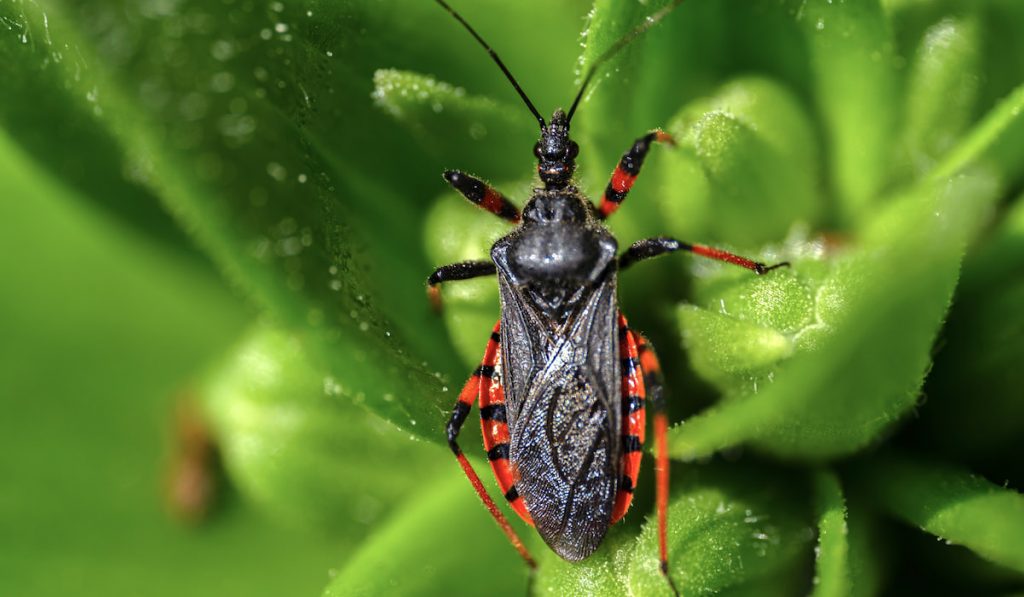
Table of Contents
Why Bugs Are Attracted to Indoor Plants
The setting in which your indoor plants grow could be the reason why bugs are drawn to them. Let’s take a detailed look at these conditions.
High Humidity
Bugs have a fondness for places with high humidity because, like all other creatures, they also need water to survive. Their bodies are small, so they need to keep them hydrated. Otherwise, they will dry out and die.
If you live in an area closer to water bodies or with high precipitation, your plants are prone to attracting bugs.
In addition to that, overwatering your plants could also be a cause of higher humidity in the plant’s environment.
Lack of Air Circulation
To keep the humidity level in control, air movement is very important. If there is not enough ventilation, there will be more humidity, which will attract a lot of bugs.
If you situate your indoor plants too closely, there will not be enough room for air movement through the foliage. The ideal way to arrange your plants is to ensure that they are not touching each other.
Furthermore, if you are keeping your plants in an indoor space where there are no windows, vents, or doors, that can also cause a lack of air circulation, thereby inviting insects.
Standing Water
When you water your plants and the soil is still moist, it can cause a lingering pool of water. There can be water on the leaves, water on the soil’s surface, or even too much held within the soil in the pot. Standing water means lots of moisture, which makes for an ideal condition for the bugs.
As mentioned above, water is essential for bugs to keep themselves hydrated. So standing water is an attraction for them.
Although these conditions are pretty common almost everywhere, you don’t need to worry! There are ways you can prevent these bugs from entering your home and damaging your plants.
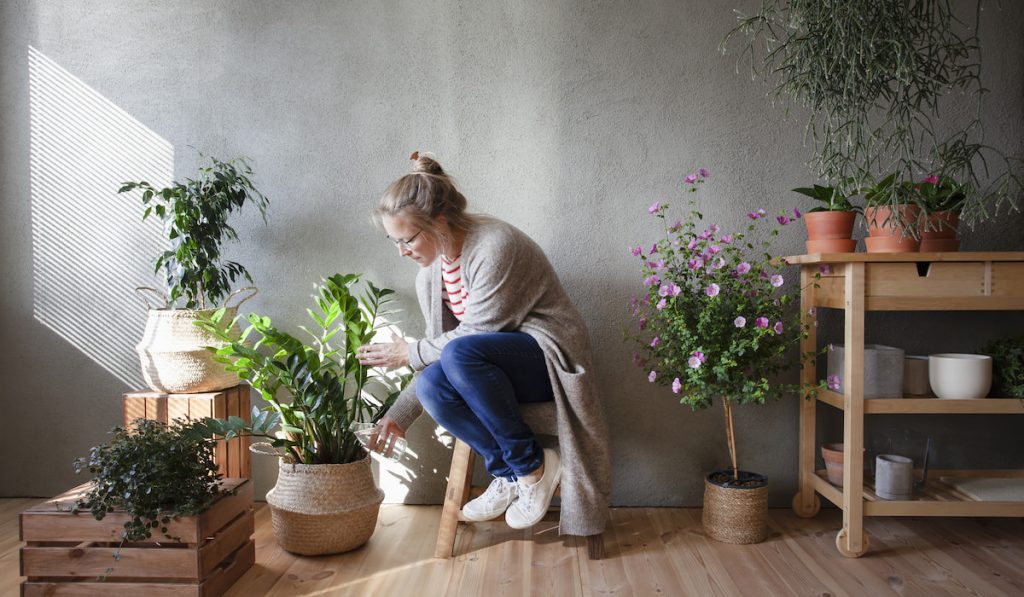
Tips for Preventing Bugs and Minimizing Damage
- Maintain enough ventilation and space between your plants. Leave a few inches of space between them when arranging them so that air can circulate properly. Air circulation speeds up the process of soil drying and reduces fungal growth, which makes your plants less attractive for bugs.
- Avoid using old potting soil when repotting container plants. Do not use a soil package once it is opened and left outside for a few days because it could contain insect eggs and fungal spores.
- Check your plants for pests on a regular basis. If they are infested, early detection can help you get rid of the bugs easily and quickly. Whenever you water your indoor plants, make it a practice to examine them visually.
- Soil debris is a welcoming place for bugs, so if you notice any dead or decayed leaves or tissues, immediately remove them. It can be anything that falls from the plants and lands on the potting soil’s surface.
- If you are moving your plants from outdoors to indoors, you should carefully inspect them. There are more bugs outside, and they won’t miss an opportunity to move inside, especially if the conditions are also favorable. While examining them, if you find eggs on the leaves or tiny bugs near the stems, do not bring the plants inside.
- Look for signs of bugs in your plants. The most common symptoms are wilting and brown patches or spots on leaves. If bugs are detected in any of your plants, immediately isolate that plant by moving it to a different location. This can prevent contaminated plants from infecting others.
- It is also important to inspect the plants even if you are buying them from a nursery. Plants are often grouped together closely and the conditions are usually humid in nurseries, making them attractive for bugs.
If, even after using all the preventive measures, you still end up finding some bugs in your plants, here are some natural remedies to get rid of them.
Natural Remedies to Get Rid of Bugs
Natural methods are always the safest when it comes to getting rid of bugs. Using chemical pesticides on indoor plants can endanger the health of you and your family.
However, before you use any of these natural sprays, make sure to test them first on a few leaves to see how your plant reacts to them. If the leaves remain fine after two to three days, you can use the spray on the entire plant.
Another thing to remember is to keep the plants out of direct sunlight and hot surroundings once it has been sprayed. The heat and spray combined can burn the leaves.
Baby Shampoo Spray
This spray works well for bugs such as aphids and whiteflies. All you have to do is fill a 4-ounce spray bottle with water and add one tablespoon of baby shampoo to it.
Shake it thoroughly. Then spray it on the infected plants every two days. After spraying, spray-rinse it with clean water after four hours.
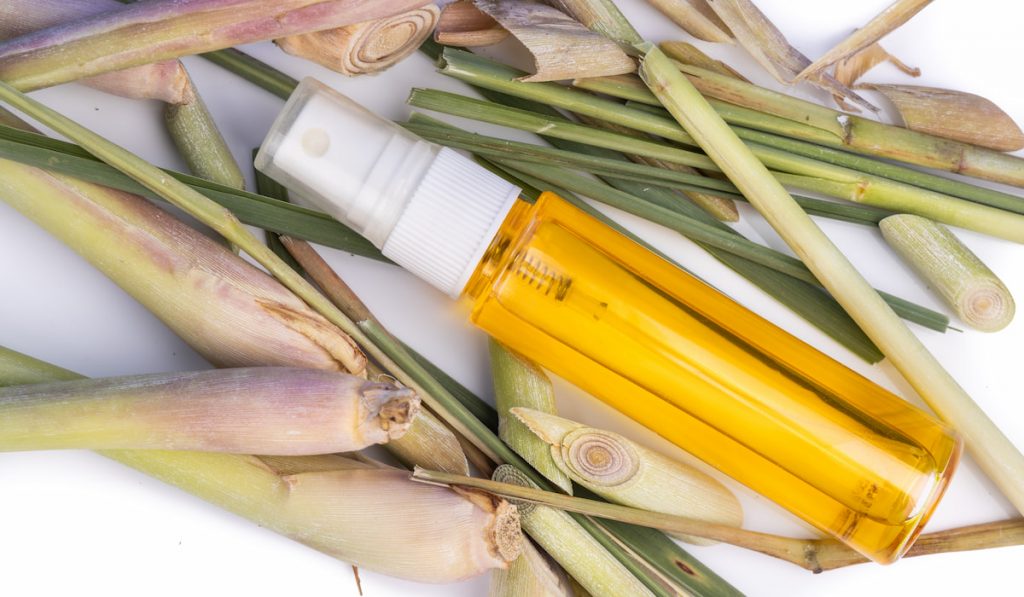
Cooking Oil Spray
This spray is helpful in controlling bugs like aphids, spider mites, thrips, scale, and whiteflies. To make this spray, you need to mix together 1 cup of oil with one tablespoon of dish soap. Pour this mixture into a container and keep it away when not in use.
To use, take a spray bottle and add 2 cups of water and four teaspoons of the oil mixture. Shake well and then spray it on the infected plants.
Herbal Water Spray
Using herbs with a strong smell can help get rid of bugs like spider mites, aphids, etc. Fresh herbs such as basil, peppermint, lavender, sage, and rosemary are ideal to use.
Crush the herbs until you have ½ cup. Put them in a container and fill it with three cups of water. Allow at least 24 hours for steeping. Then strain it into a spray bottle, separating the used herbs. Then add ¼ teaspoon of soap to the bottle.
Mix it well by shaking it. Then spray it on the infected plants once a day. When it is not in use, keep it in a cool place.
Try these tips and let us know how they worked for you!

